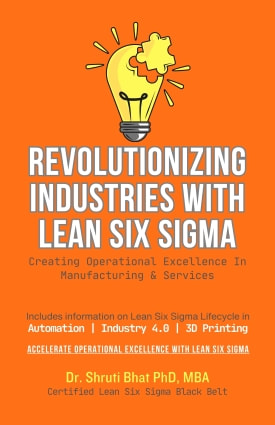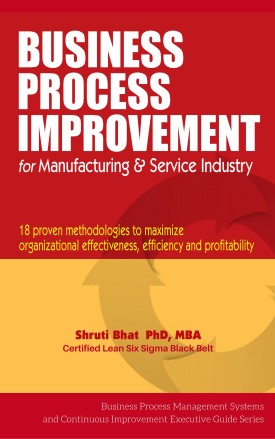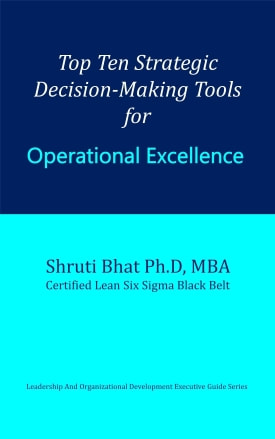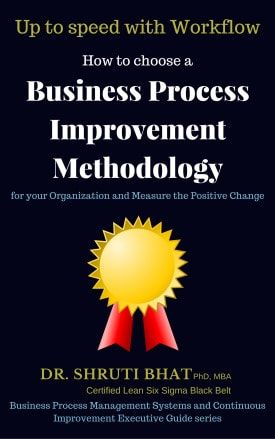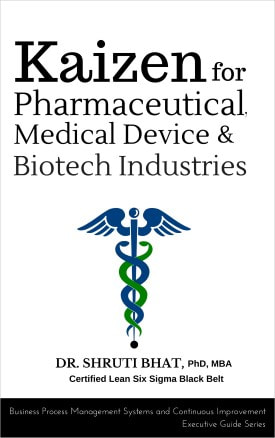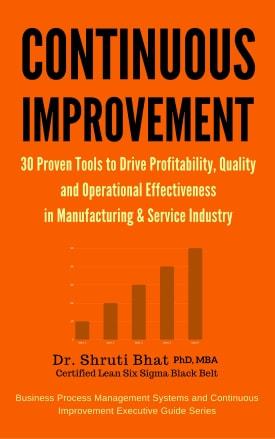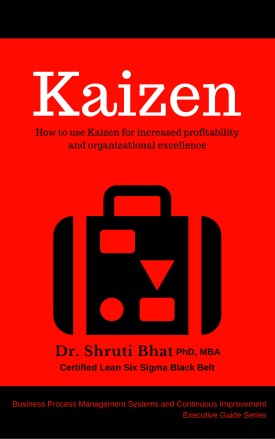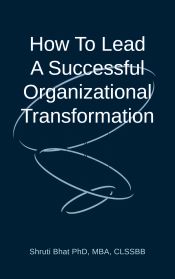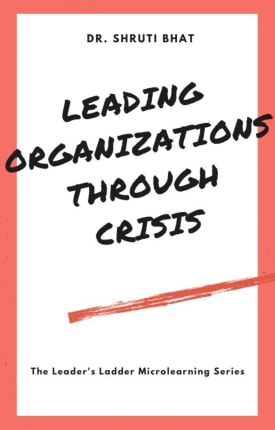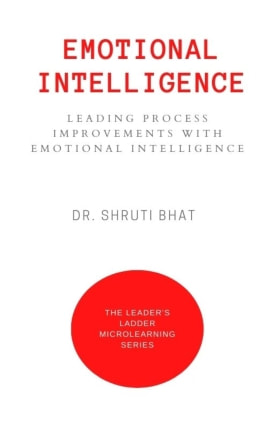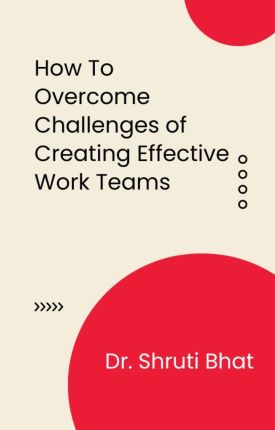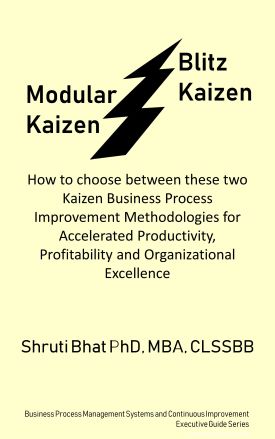Conventional drug therapy typically involves the periodic dosing of a therapeutic agent that has been formulated in a manner to ensure its stability, activity and bioavailability. For most drugs, conventional methods of formulation are quite effective.
However, some drugs are unstable and toxic and have a narrow therapeutic range, exhibit extreme dissolution problems, require localization to a particular site in the body, or require strict compliance or long-term use. In such cases, a method of administration of the drug is desirable to maintain fixed plasma drug levels and can be achieved by the use of specialized drug delivery system.
The continuing quest for precision is apparent from an examination of the evolution of pharmaceutical technology from imprecisely bioassay medicinals of modern pharmaceutical products of defined chemical composition and precisely specified content. Recently, there has been a sharpening focus on the kinetic properties of dosage forms, reflected on the concepts of bioavailability and bioequivalence.
The move beyond content specified pharmaceuticals to those explicitly specified by the rate at which they liberate their active ingredients in vivo is now gathering momentum. The kinetic specification of rate is not an alternate to the static, specification of content, but a complement to it.
Factors Impelling Transition to Rate - Specified PRODUCTS:
Many kinds of factors; namely - technological, scientific, medical and commercial are cause for this change.
I) AVAILABILITY of TECHNOLOGY:
The 1970’s saw great technological advances in the rate-controlled administration of drugs. One of the first examples was the conversion of the large and cumbersome infusion pumps used in physiology laboratories into the compact, convenient and reliable infusion pumps now widely used for drug administration in acute intensive care.
In another series of innovative methods of membrane controlled molecular movement were developed and entirely new rate-controlled pharmaceutical dosage forms such as long duration opthalmics, hormonal IUD’s, transdermal drug delivery system, osmotically controlled tablets and bioerodible injections were created. The very existence of this technology is a force for transition.
It has begun to unleash the imagination of researchers in pharmacology and medicine, stimulating them to explore the action (s) of drugs. When drug concentrations in blood and tissues are controlled, the aim is either maintaining constant concentration or controlling release to follow pre-designed therapeutic drug level patterns.
2) Rate Control in Intensive Care :
Rate - controlled continuous drug delivery is now the rule rather than the exception in acute intensive care e.g. after major surgery, coronary occlusion and serious trauma. Rate control involves both safe and effective use of potent agents whose concentrations in the blood must be maintained within a narrow range.
Molecules such as nitroprusside, dopamine, heparin, dobutamine, lidocaine, norepinehrine and nitroglycerin are examples of such agents. Rate control also makes it practical to utilize drugs that have very short half-lives and in general to design dosage forms that provide duration of function that are multiples of the pharmacokinetic half life of the drugs administered.
3) RATE - CONTROL AS PHYSIOLOGICAL PRINCIPLE:
The body’s own control systems for regulating hormonal secretions are now recognized as operating on the basis of continuous rate control. Hormones manifest such selectivity of action only when their rate of secretion is controlled. Giving the same hormones by conventional dosing (e.g. insulin injections) is a poor imitation of nature.
In acute diabetic ketoacidosis, rate-controlled IV infusion of insulin has replaced the practice of giving insulin by injections, because rate controlled infusion is a safer and more effective method of treatment. Improving the management of day-to-day insulin requirements has evoked great interest giving rise to various efforts to provide continuous insulin administration, which necessarily implies rate control.
The actions of many drugs are related to their concentration in the blood. Controlling those concentrations can therefore be a method of improving the selectivity of a drug’s beneficial actions, provided that the beneficial actions are elicited by lower concentrations than those needed to elicit unpleasant or adverse effects.
Consequently, it is now generally recognized that a drug’s full potential remains unknown until it has been studied with extended-duration, rate-controlled delivery. It is also generally recognized that the relationship between concentration and effect is much more easily discerned if drug concentration is maintained at a steady level rather than allowed to vary, as occurs with conventional dosing methods.
Few examples of agents whose selectivity of therapeutic action or physiologic action is related to the rate of administration, include Hydrochlorothiazide, Insulin, Morphine, nitroprusside, pilocarpine etc.
4) COMPETITION from Generic DRUGS:
Drug patents have defined life cycle and the products based upon them become subject to competition from generic-drug houses. Nevertheless, developing a new superior patent protected product based on an un-patented drug is sometimes possible by incorporating an unpatented drug into a patent protected, rate-controlled dosage form. The essential element in the strategy of innovation is proof that the resulting product is superior to the drug in conventional form.
5) Discovery of New Therapeutic ACTIONS:
Sometimes an older pharmaceutical product is discovered to have an entirely new use. Examples are minocycline (prevention of traveler’s diarrhea & treatment of chlamydial infections), metronidazole (prevention and treatment of anaerobic infections) and sulfinpyrazone (prevention of myocardial reinfarction) etc.
By establishing that a dosage form can be produced that is bioequivalent to that of the innovating firm, manufacturer can make all therapeutic claims associated with the innovator’s product. Dosing so, however, becomes far more difficult if clinical trials to establish new therapeutic claims are preceded by dosage form innovation that results in a patent-protected, rate-controlled product superior to the drug in conventional form.
6) ECONOMIC CONSIDERATION:
The research and development costs of bringing a new drug to market can run as high as US $ 15-70 million. Any approach that could reduce these costs or the risks associated with drug development would be welcome. The screening of potential new drugs focus most often on maximum oral activity.
Toxic side effects that are usually dose related are then titrated against therapeutic efficacy until an analog is found that has a sufficient therapeutic index. During this screening procedure many potent drugs with low side effects are eliminated because they are not orally active or lack sufficiently long half-life to be parenterally useful. It is here that rate control delivery presents its advantage.
Bioactive proteins such as interferons, growth hormones, monoclonal antibodies and human insulin represent a new driving force behind accelerated research into controlled release technology.
These drugs often have low bioavailabilities, low stability, pose substantial formulation problems and often must be delivered continuously within narrow therapeutic range. For e.g. human growth hormone, an unstable polypeptide should ideally be parenterally delivered to hormone deficient children continuously at a rate of 0.5 - 2mg./ day.
Also, the realization that these new drug delivery systems can add therapeutic value to proprietary drugs and economic value to off patent drugs, the pharmaceutical companies are now engaged in improving their product pipeline through development of improved drug delivery systems.


